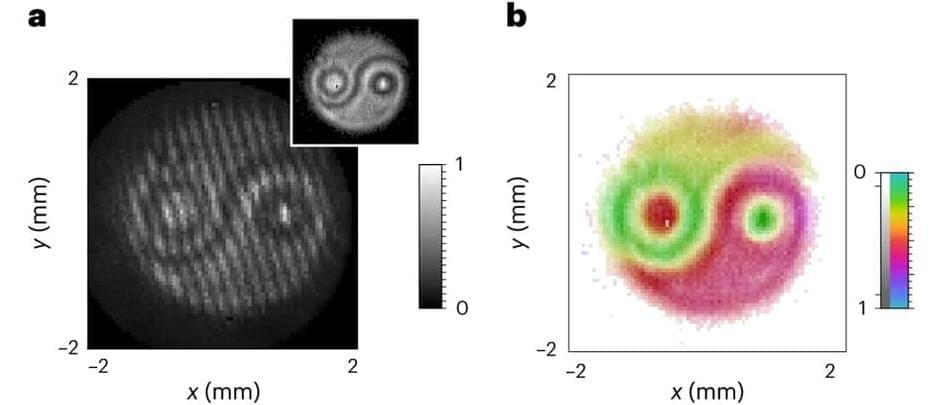If you could quickly predict the reactivity of a material in different scenarios using only its atomic-level geometry, you’d hold the golden ticket to finding application-specific catalytic materials. Some methods exist for making these predictions, but they require detailed knowledge about the arrangement of the atoms and are computationally expensive to perform and thus slow to run. Now Evan Miu and his colleagues at the University of Pittsburgh have developed a method that requires only information about the connectivity of the atoms, is computationally cheap, and is quick to run [1]. Their method accurately predicts how metal oxides interact with hydrogen in a reaction important to energy storage and catalysis.
Miu and the team hypothesized that they could predict a material’s reactivity using a single number that describes the so-called global connectivity of the system’s atoms. A material with a high global connectivity contains atoms that are, on average, bonded to more of their neighbors than does a system with a low value of this parameter. The researchers have used a similar concept to study reactivity for metal catalysts, but not for more complex structures, such as metal oxides.
To test their idea, the researchers examined—in different metal oxides—so-called hydrogen intercalation, a type of redox reaction that alters the host material’s properties. They found that they could use each oxide’s global connectivity to determine the strength of its hydrogen reactivity. The model-determined values for the various hydrogen-binding energies agree with experimental data and took mere seconds to obtain. The tool could thus allow scientists to rapidly develop and optimize novel materials to use in energy-storage applications.









